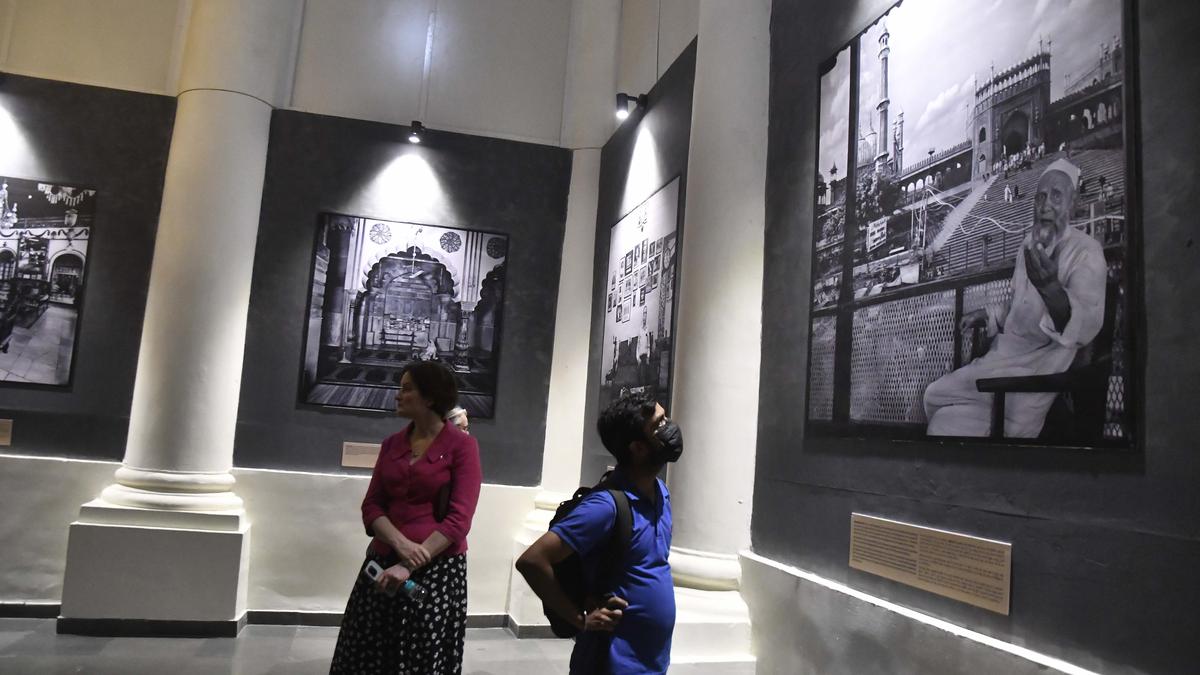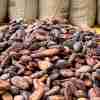
The Partition Museum at BR Ambedkar University in Delhi pans in on stories of migration and resettlement of immigrants to Delhi
The Hindu
The Partition Museum at the Dara Shikoh Library Building focusses on how migrants changed Delhi’s profile
The transformation of Delhi by the Partition is at the heart of this narrative — reads a signboard at the entrance of the museum inside the quaint Dara Shikoh Library of BR Ambedkar University.
This is the second Partition museum, set up by Kishwar Desai, chairperson of The Arts and Cultural Heritage Trust, after the Amritsar museum that came up in 2017. The Delhi Partition Museum, inaugurated last month, showcases Partition primarily through modern art by contemporary artists, photographs and original documents, people’s belongings and other artefacts.
Its strategic location, at the crossroads of the busy markets of Chandini Chowk and Kashmiri Gate stands testimony to bygone centuries. Located in one of the most historic parts of the city, the museum details the history of undivided and divided India, the struggle for independence, the aftermath of partition, brutal violence and mass migration and the rehabilitation of those affected, across eight cohesive sections.
The Migration section rattles you as you enter a narrow hallway, that resembles a railway coach and has blood-stained wooden seats, open trunks on the floor and shoes strewn around. The variety of articles — a dupatta gifted by in-laws, a trunk looted of its possessions except memories of a home left behind, a rusted lock and key that once safeguarded things, a redundant chequebook — scattered around are a stark reminder of the innumerablelives lost and dreams shattered.
Every item hides a story and the museum weaves the story of the Partition through them.The story of Lal Dhani Ram Bhalla, who opened the first shoe company in the famed Anarkali Market of Lahore and had to escape to India with only an album of nostalgia; or the story of the Boksi cloth that was used for nursing the wounds of riot victims; a crochet runner and an iron vessel are all pieces of Partition from what once used to be deeply cherished homes of people.
A cloth tent at the centre of the Refugee section is a moving way of telling the story of millions of refugees who fled in the hope of a better tomorrow. Ration cards, desperate letters searching for lost relatives, advertisements in newspapers and magazines seeking information about a missing beloved, posters calling for help from women to knit for the refugees... bring alive the reality of refugee camps. There is an interesting section on maps that show how Partition changed the demographics of Delhi forever. Names such as Patel Nagar, Rajendra Nagar, Vijaynagar that are so familiar today were all built to rehabilitate the refugees.
The Partition may have defined the geographical boundaries of two countries but it is the people-connect and common memories that keep emotions running. Retaining names of shops, hospitals or colleges such as the The Rawalpindi Chole and Derwal soda shop are instances of peoples’ love across borders. The section, Rebuilding Relationships tells us that Dayal Singh College was first built in 1910 in Lahore, 49 years before the one built in Delhi. Likewise Sir Ganga Ram Hospital was first established in pre-Partition Pakistan and the second one came up in Delhi much later. The two nations also share the story of Rooh Afza.













